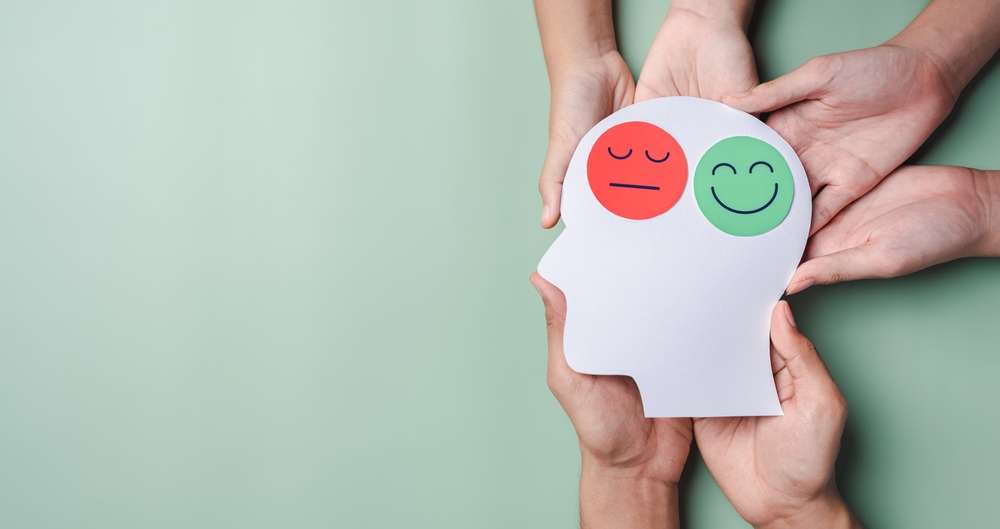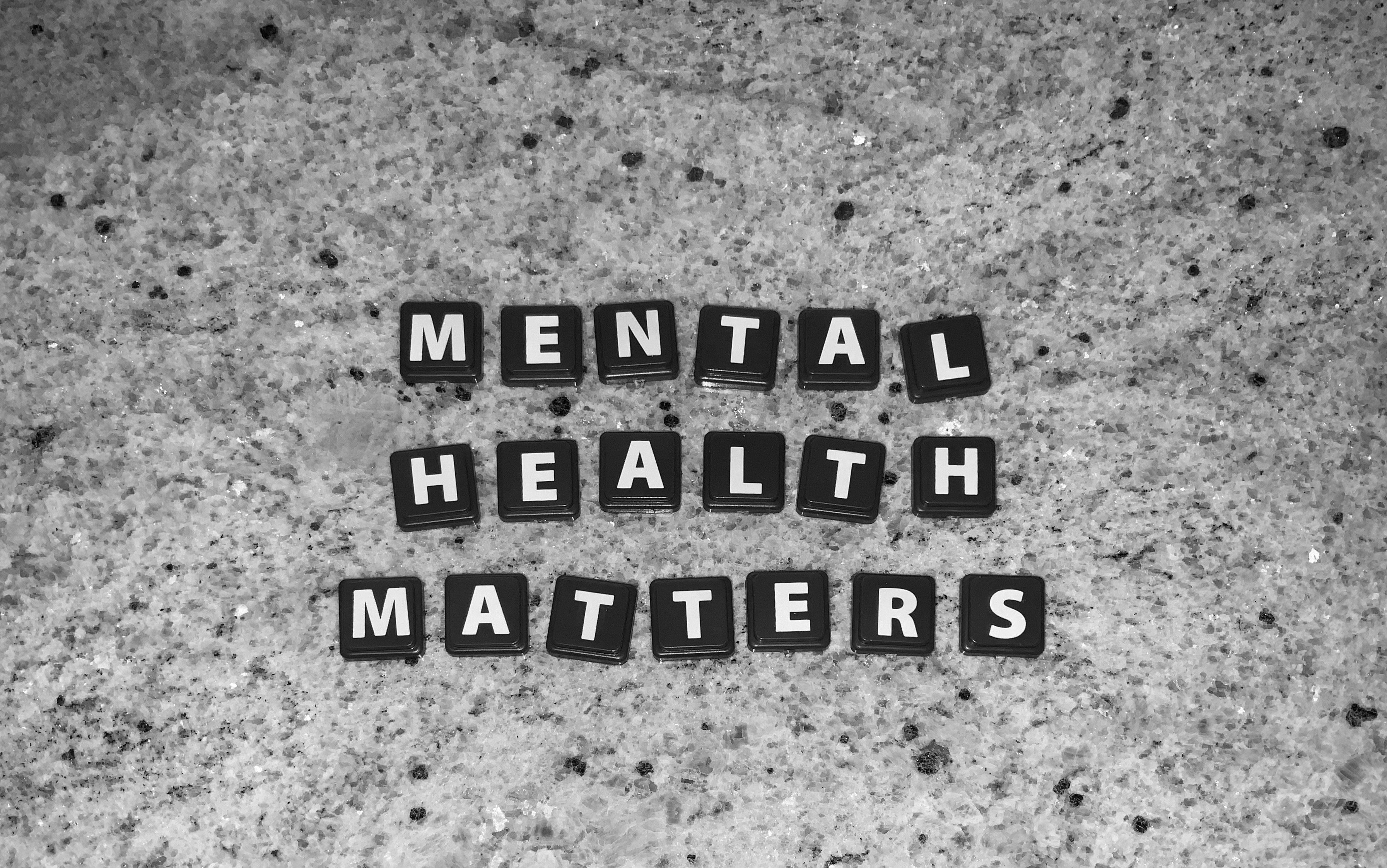Understanding and Coping with Anxiety: The Silent Intruder
Anxiety is a term that has integrated itself into the everyday jargon of the 21st century. It is a word tossed around in our everyday conversations, often without a full understanding of the depth of its implications. But what is anxiety, really? While it is normal to feel anxious about certain aspects of life, such as job interviews or public speaking, anxiety becomes a problem when it interferes with daily activities and overall quality of life. This article aims to delve into the historical context of anxiety, its current relevance, trends, impact, and reception, as well as providing unique insights not widely covered elsewhere.

A Historical Perspective: Anxiety Through the Ages
Throughout history, anxiety has been recognized but often misunderstood. In Ancient Greece, it was believed that anxiety was caused by an imbalance of the four humors: blood, phlegm, yellow bile, and black bile. The Greeks were the first to identify anxiety as a medical condition, albeit with a simplistic explanation.
In the 19th century, the understanding of anxiety took a significant turn with the advent of Sigmund Freud’s psychoanalytic theory. Freud believed that anxiety was a result of repressed and unresolved conflicts within the individual. In the mid-20th century, anxiety began to be understood as a neurological condition rather than a purely psychological one, paving the way for modern treatments like cognitive-behavioral therapy and pharmacotherapy.
The Present Day: Anxiety in the 21st Century
Fast forward to the 21st century, and anxiety is now recognized as one of the most common mental health disorders worldwide. The World Health Organization estimated that in 2017, 284 million people globally were living with an anxiety disorder. Unfortunately, the global pandemic has only exacerbated these numbers, with lockdowns and social isolation leading to a significant increase in anxiety-related symptoms.
The Impact of Anxiety: More than Just Nerves
Anxiety’s impact on an individual’s life can be debilitating. It can manifest in a variety of physical symptoms, such as headaches, stomachaches, and sleep disturbances. It can also create a vicious cycle of worry and fear, leading to avoidance of certain situations, which further perpetuates the anxiety.
Not only does anxiety affect the individual, but it also has wider societal implications. It is estimated that anxiety and related disorders cost the global economy approximately $1 trillion each year in lost productivity.
Confronting the Stigma: The Reception of Anxiety Disorders
Although awareness and understanding of anxiety disorders have increased, stigma remains a significant barrier to seeking help. Many people still view anxiety as a sign of weakness or dismiss it as mere nervousness. This lack of understanding often prevents those suffering from seeking the help they need.
However, in recent years, there has been a growing movement to destigmatize mental health conditions, including anxiety. Celebrities and influencers have started openly discussing their experiences with anxiety, helping to break down barriers and promote understanding.
Insightful Approaches: Holistic Management of Anxiety
While medication and therapy remain the primary treatments for anxiety, there is a growing recognition of the role of lifestyle factors in managing anxiety. Regular exercise, a balanced diet, and good sleep hygiene can all contribute to reducing anxiety symptoms. Mindfulness meditation, yoga, and other relaxation techniques have also shown promise in managing anxiety.
Furthermore, there is an increasing emphasis on early intervention and prevention. This is particularly relevant in schools and workplaces, where stress and pressure can often trigger anxiety symptoms. By promoting mental health literacy and providing a supportive environment, it is possible to prevent anxiety from taking hold in the first place.
In conclusion, understanding and managing anxiety is a complex process that requires a multi-faceted approach. As we continue to break down stigma and increase our understanding of this condition, we can hope for a future where anxiety is not a silent intruder, but a recognized and manageable aspect of human life.




